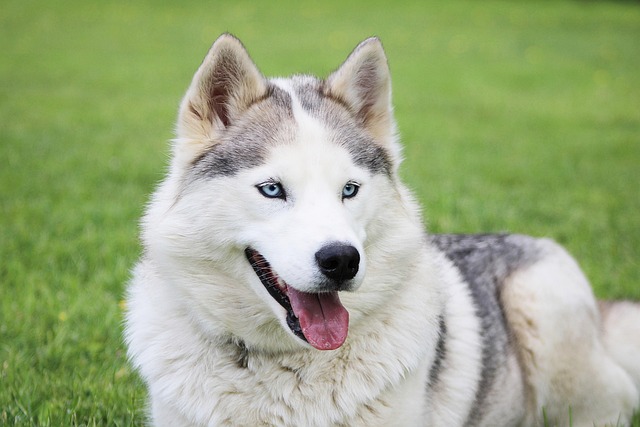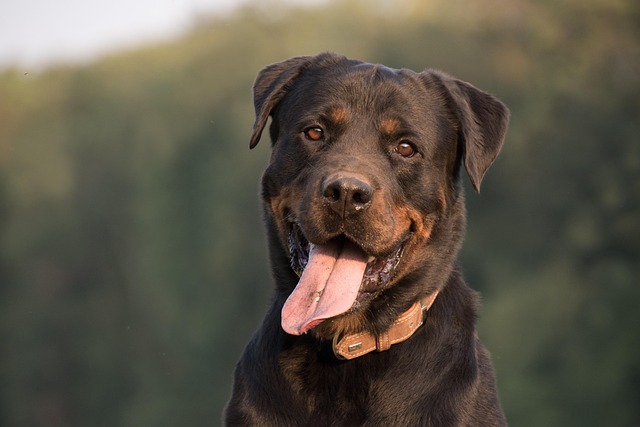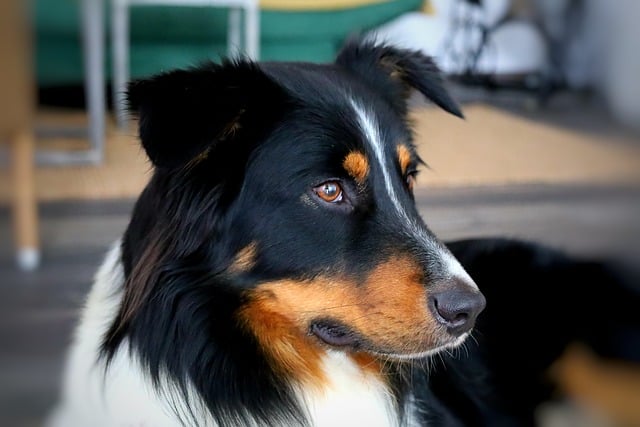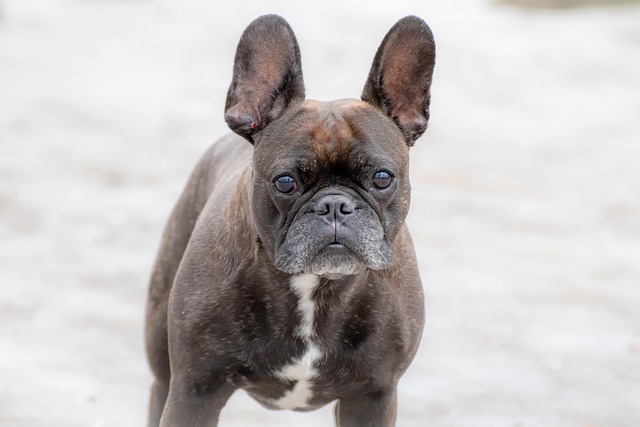When a dog trots over, a squirming puppy clamped gently in its jaws, and drops it at your feet, it’s easy to mistake the gesture for mere cuteness. But this behavior, seen in breeds from Labradors to Shepherds across backyards in Portland to London, carries layers of instinct and trust deeply rooted in canine biology.
At its core, this act often stems from a mother dog’s need to seek approval from her human pack. In the wild, adult dogs rely on the group to protect vulnerable litters, and domesticated dogs extend that dynamic to their owners. A friend in rural Ohio once described how her rescue Pit Bull, Mia, would carry each puppy to the porch where her kids played—behavior experts linked to Mia’s observation that the children’s presence correlated with fewer squirrel intrusions near the nest. This aligns with studies showing dogs interpret human routines as part of their “den security” strategy.
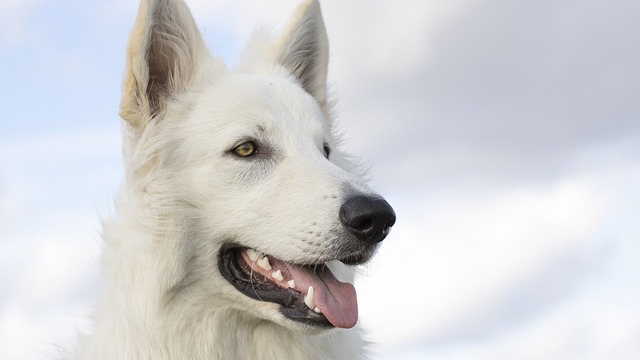 Another driver is stress signaling. Veterinarians in Scotland noted that first-time mothers, especially those in noisy urban environments, frequently bring puppies to owners when fireworks or construction rattle their confidence. A terrier in Edinburgh became known for depositing her entire litter in her owner’s home office during thunderstorms—a clear transfer of responsibility, as if saying, “You handle this better.” This mirrors wild behavior where subordinates defer to dominant pack members during threats, with humans stepping into that “alpha” role in domestic settings.
Another driver is stress signaling. Veterinarians in Scotland noted that first-time mothers, especially those in noisy urban environments, frequently bring puppies to owners when fireworks or construction rattle their confidence. A terrier in Edinburgh became known for depositing her entire litter in her owner’s home office during thunderstorms—a clear transfer of responsibility, as if saying, “You handle this better.” This mirrors wild behavior where subordinates defer to dominant pack members during threats, with humans stepping into that “alpha” role in domestic settings.
Legal context adds nuance. In Germany, where strict Hundegesetze (dog laws) mandate safe housing for puppies, owners report mothers more frequently moving litters to approved areas like insulated basements—suggesting dogs learn to associate human-approved spaces with compliance. Similarly, in Colorado, breeders using USDA-registered facilities notice mothers carrying puppies to inspection-friendly zones, implying they connect human routines (like clipboard checks) with safety. These examples highlight how dogs absorb not just our emotions but our regulatory habits.
Owners should respond thoughtfully. While it’s tempting to cuddle the puppies immediately, animal behaviorists advise letting the mother set the pace—especially if she’s a rescue with unknown pasts. In England’s RSPCA shelters, staff observe that mothers who freely choose when to bring puppies to humans build stronger bonds with both their litter and caregivers. It’s also wise to ensure the chosen “drop zone” meets local standards, whether that means non-slip flooring per France’s arrêtés municipaux or temperature controls required in parts of Canada.
Ultimately, this behavior is a dog’s love language—part instinct, part trust, and entirely a sign that your home feels like a true pack. When that tiny bundle lands at your feet, it’s more than a gift; it’s a vote of confidence in your role as their human. Cherish it, but remember: with great puppy deposits comes great responsibility—to both the mother’s instincts and the laws that keep all pets safe.
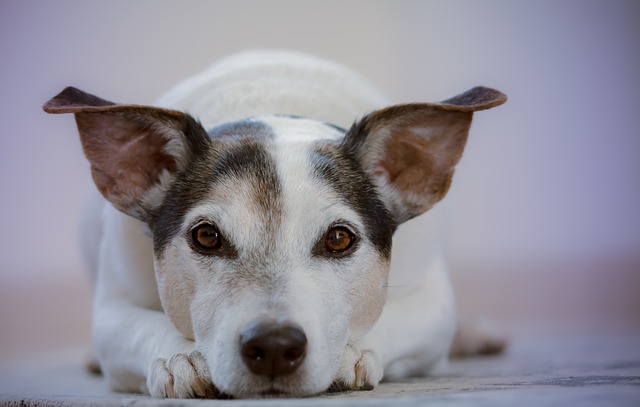
 Another driver is stress signaling. Veterinarians in Scotland noted that first-time mothers, especially those in noisy urban environments, frequently bring puppies to owners when fireworks or construction rattle their confidence. A terrier in Edinburgh became known for depositing her entire litter in her owner’s home office during thunderstorms—a clear transfer of responsibility, as if saying, “You handle this better.” This mirrors wild behavior where subordinates defer to dominant pack members during threats, with humans stepping into that “alpha” role in domestic settings.
Another driver is stress signaling. Veterinarians in Scotland noted that first-time mothers, especially those in noisy urban environments, frequently bring puppies to owners when fireworks or construction rattle their confidence. A terrier in Edinburgh became known for depositing her entire litter in her owner’s home office during thunderstorms—a clear transfer of responsibility, as if saying, “You handle this better.” This mirrors wild behavior where subordinates defer to dominant pack members during threats, with humans stepping into that “alpha” role in domestic settings.